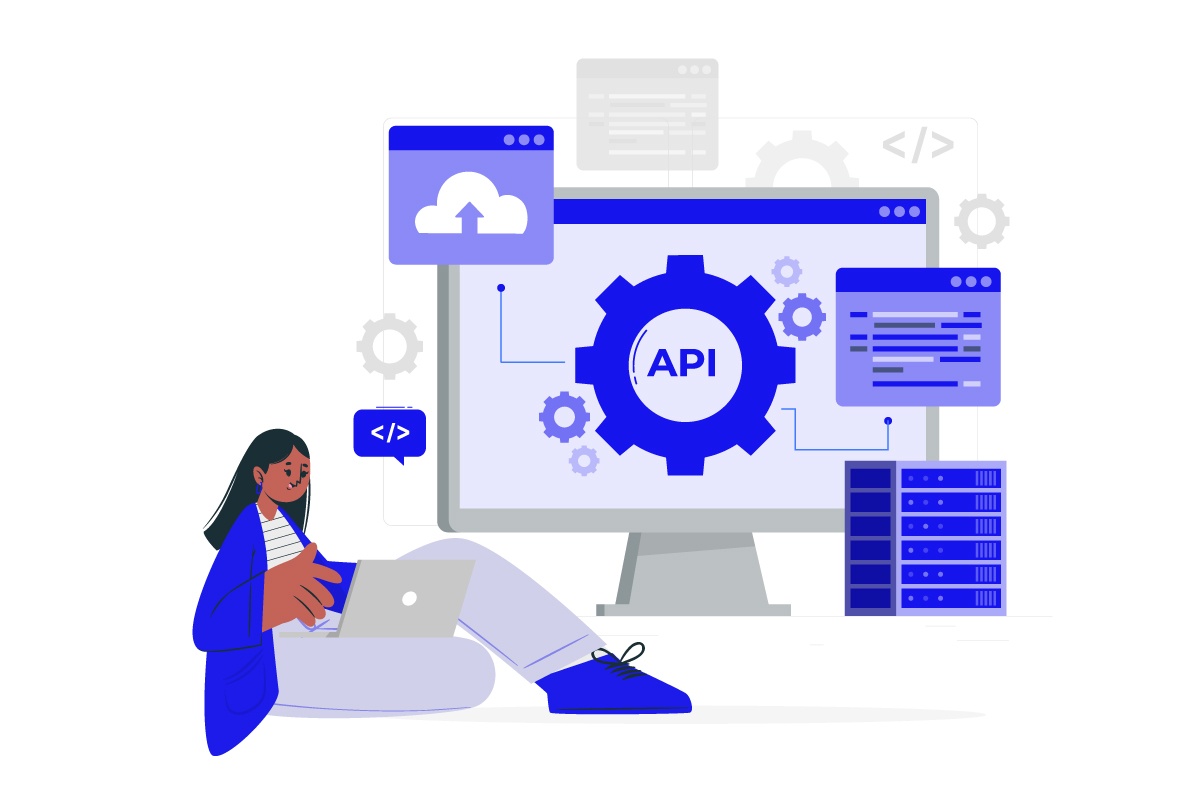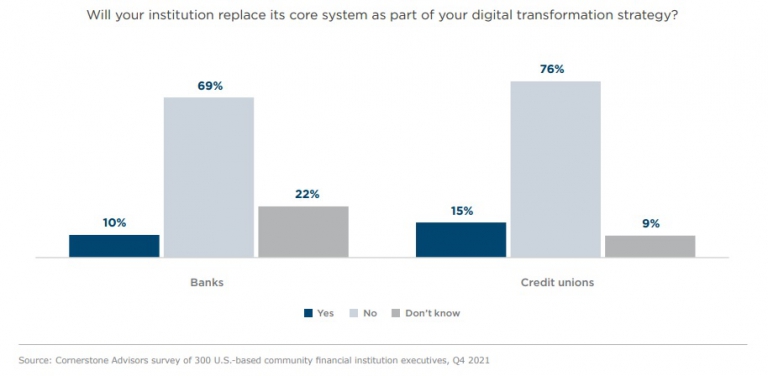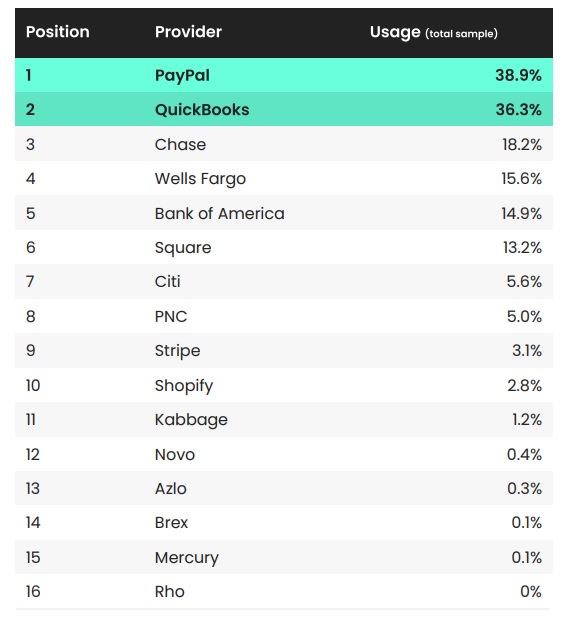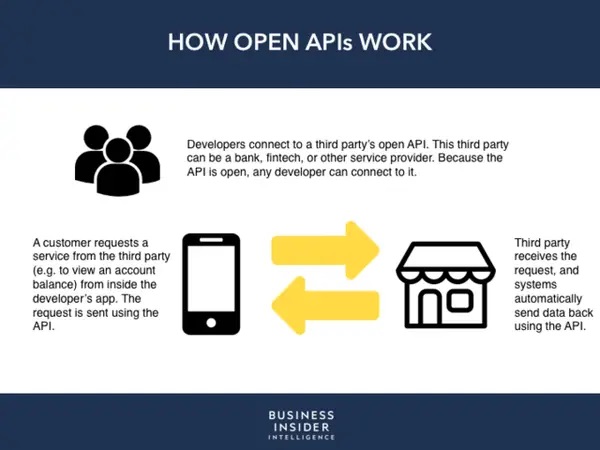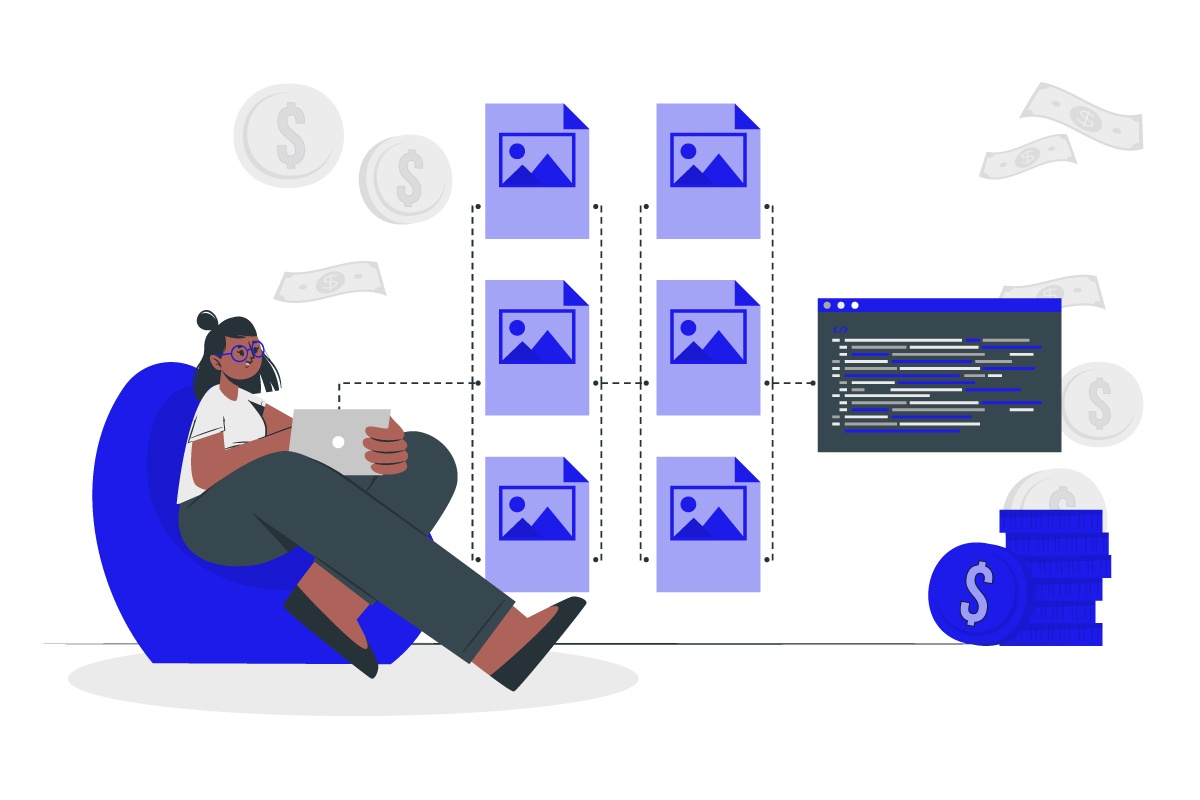Open Banking in Canada: How Banks and Customers Can Benefit
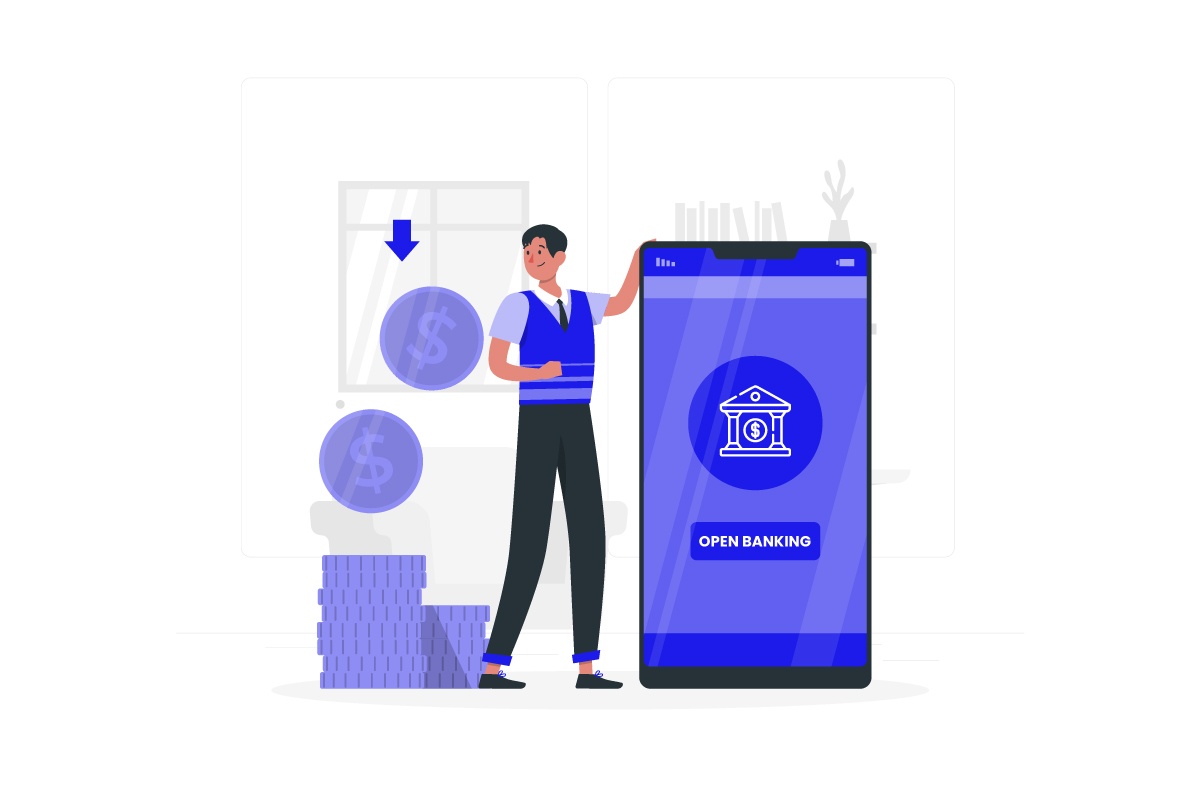
By Bob Paajanen & Steven Chung
Exactly a year ago, the Department of Finance released the final report from the Advisory Committee on Open Banking. It set an ambitious 18-month roadmap for Open Banking implementation in Canada. With 2023 just a few months away, it is crucial that financial institutions understand the advantages of open banking and the possibilities it can bring, not just for themselves but also for their customers.
What is Open Banking?
Simply put, Open Banking is a way for business owners and customers to share their data with their financial institution (and connected third-party providers or TPP) securely using APIs governed and regulated by universally accepted protocols. Customers will have full control over how much and with whom they would like to share this data. They will also have a unified view of all their balances, credit cards, mortgages, investments, and any financial transactions across all banking entities. For this reason, open banking is also sometimes referred to as “consumer-permissioned data sharing” or open finance.
Open banking started in 2016 with European governments pushing for more open financial data and laying the foundations for banking evolution. The EU’s second Payment Services Directive (PSD2) was a powerful legislation that made an impact on the UK’s Competition & Market Authority (CMA) which mandated that nine of the country’s largest banks develop an “open banking standard” and enable customers to share data with Fintechs and third parties.
Open banking is now present in several parts of the world, including Australia, Brazil, India, and South Korea, where it is government-led, and in countries like China and the US, where it is primarily market-led.
Data Sharing in Open Banking
Before open banking, banks would share data with third-party providers (TPP) or applications using a process called ‘screen scraping’, where data is taken from one app through user details, copied and pasted for another purpose. A good example of this might be a typical finance aggregator app that sends a bot to the bank’s website on behalf of the customer and uses the consumer’s bank login and password to access all their financial information. About 3.5 to 4 million Canadians currently use apps that employ screen scraping. Until now, these TPPs did not have a formal relationship with banks and had access to more information than was necessary. Banks often were unaware of which data was scraped, yet they would be accountable if and when there were data breaches.
With new regulations around data sharing, banks will now share only relevant data with TPPs, with the customer’s consent, through APIs or application programming interfaces. Customers will no longer have to share their banking credentials with the TPP. Thanks to this change, many Fintechs that offer open API-led data-sharing networks have come to the fore.
As we move closer to 2023, several incumbents and challenger banks are partnering with data aggregators that provide API-led data-sharing networks, which will allow customers to securely share their data with several Fintech applications and provide them with financial insights in real time. Recent examples include EQ Bank’s partnership with Flinks, CIBC’s participation in the MX network and RBC’s partnership with the Plaid and Yodlee networks.
Why is this happening? An example will illustrate the opportunity and upside for industry participants. When a customer or their Fintech requests data from multiple financial institutions, aggregators like the entities named above will be able to monetize and sell via subscription the data to each financial institution. This can generate insights around where customers are at risk, or have relationships with other financial institutions, even though the details will be masked. Better customer profiling can be driven from empirical data through this data sharing model.
Open Banking and Digital Transformation
Nearly every, if not all, industries are going through a digital transformation. Long before open banking, many Fintechs had begun unbundling financial services. This trend has only accelerated thanks to open banking. In Europe, for example, TPPs grew from 100 to 450 in between 2019 and 2021. Financial services are now being restructured around “jobs to be done” rather than just products, creating better experiences and value for customers. Open banking will lead to two major outcomes when it comes to data: Interoperability and Automation. By making financial data interoperable, new customer value propositions could be created that offer better access and user convenience thereby creating new revenue streams for the bank. Once customers get a clear and unified view of their financial position, automation rules could take over to help with better decision-making to manage daily finances. This will make it possible for banks to cross-sell products and services without the customer ever leaving the bank’s ecosystem.
How Open Banking Benefits Financial Institutions
It is obvious to see the customer benefits of open banking. But what about financial institutions? One of the major reasons why open banking is seen as a catalyst by many governments and markets, is that it will boost growth and increase economic efficiency. One report from McKinsey estimates that the adoption of open banking could result in “1 to 1.5 percent of GDP in 2030 in the European Union, the United Kingdom, and the United States, to as much as 4 to 5 percent in India.” Another study reveals that $416 billion in revenue is up for grabs for those financial institutions that are agile enough to jump in on the opportunity.
Hyper-targeting and faster onboarding
A more holistic view of an individual or SMB’s finances means that banks too can make more customized offerings to their customer. Open data sharing will also make it easier and faster for customers to switch accounts, purchase new products or get approved for lines of credit.
Reduced operational costs
A lot of data remains in physical documents and disparate digitized sources. An open financial data system will ensure that the data is held digitally in a centralized location and make it easier for banks to adopt automation methods, thereby cutting operational costs. This is especially true for mortgage underwriting, where intelligent data processing and management can save between $7,000-9,000 per mortgage application. Here are more reasons banks can benefit from automating data intake and processing.
Better security
Fraud accounts for $4.5 trillion per year, which is equal to about 5% of global corporate revenue. Open banking may introduce a single-use digital token system compared to screen scraping, which is risky and open to misuse. Bad actors will have little to no access to customers’ login information during transactions, thereby reducing the risk of data breaches. Data sharing in real-time, could also provide a better view of suspicious activities and build predictive models to mitigate fraud.
Lead Generation
Banks acquire information from TPPs, such as credit bureaus, about potential customers during lead generation or mortgage origination. In the US, for example, nearly 50% of loan originators depend on third parties for information related to credit, KYC, and property valuation, costing banks up to $80 per application. Open data sharing enabled by APIs could potentially reduce the cost of acquiring this information and make it available securely to more financial institutions.
Are you ready for open banking?
Digital transformation has changed the way banks engage with their customers. With open banking, we are at the pivotal moment where customers can choose the services and products that work best for them, while banks and FintTechs can come up with innovative new ways to engage with them. Opening up banking systems can be a daunting change for banks that have operated through a linear chain thus far. Blanc Labs, in partnership with Axway Open Banking, offers a step-by-step approach for banks to:
- Build on existing infrastructure to reach their open banking goals faster
- Unlock the potential of their existing data to create new business opportunities
- Create a security layer for identification and consent to comply with the latest open banking standards
- Discover, Manage, govern, market and monetize their APIs
Book a demo or discovery session with Blanc Labs to learn about the impact of our Open Banking solutions.

